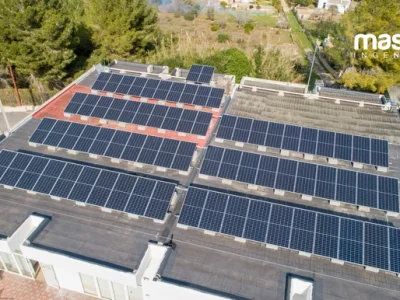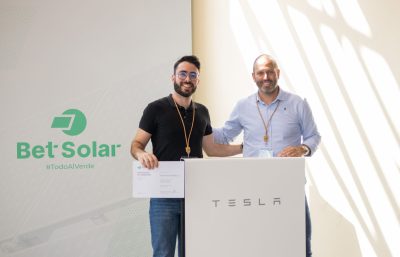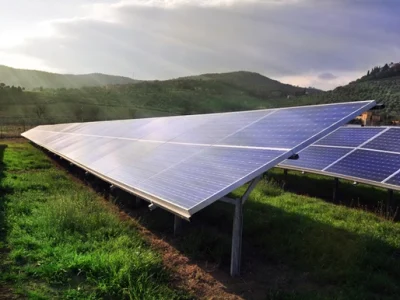This technology utilizes photovoltaic crystals to generate electricity. The photovoltaic effect is achieved by coating the flexible crystals with a special polymer. When light hits them, the electrons present in the “electric liquid” transition into the conduction band, generating an electric current. Its advantages include:
Very light (the coating layer can be as thin as 0.001 mm)
Transparent (making it ideal for glass facades)
Able to take advantage of both natural and artificial light (even in shaded areas)
The coating can be applied to both glass and flexible plastics.
Environmentally friendly, as it uses organic and inorganic raw materials that do not contain toxic metals such as lead, cadmium, or selenium.
However, although they can generate electricity even if they are transparent, the more opaque they are (the more of this liquid is applied), the better the performance.
The power production values achieved by the Solar Window company are 50W/m², with an efficiency of around 10%, and a cost of between €120 and € 180 per m².
Thanks to their flexibility, they offer great versatility in applications, as their shape can be adapted to the design needs of the object where this technology will be used, whether in architecture, transportation, the aerospace sector, or other fields. In addition, this liquid can be applied to already manufactured and in-use surfaces.
Although it’s a technology with many advantages and ease of integration into buildings, capable of covering surfaces and generating electricity where conventional solar panels couldn’t, it’s clearly still in the process of maturing.
If you’d like to learn about the latest in photovoltaic technology, don’t hesitate to contact us. We’ll advise you on the best solution to bring your ideas to life.







